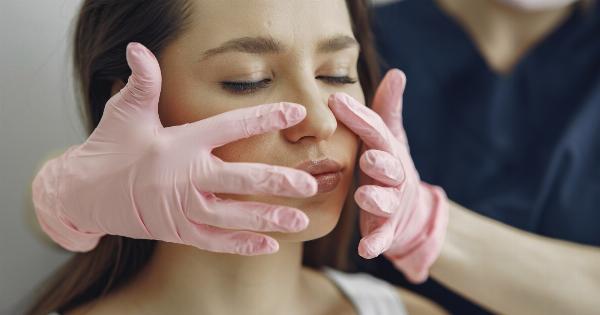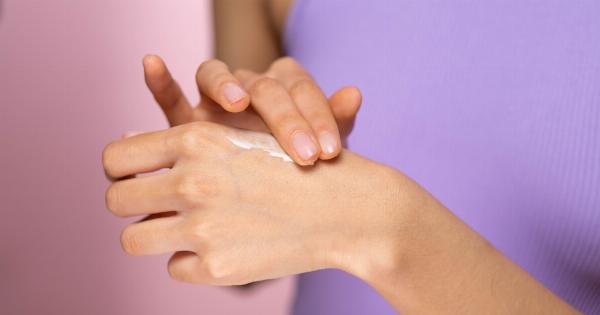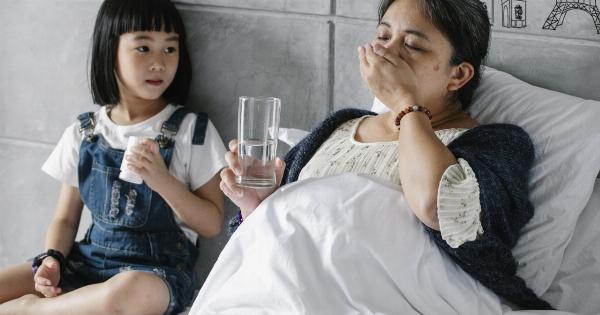Exposing your skin to the sun’s rays can have many benefits, such as providing your body with vitamin D and boosting your mood. However, excessive sun exposure can lead to sunburn, premature aging, and even skin cancer.
If your skin has been damaged by the sun, it’s crucial to take immediate action to heal and soothe it. Follow these five steps to ensure the speedy recovery of your skin and get back your healthy glow.
1. Cool Down
The first step in healing sun-exposed skin is to cool it down. Take a cool bath or shower to lower your body temperature and relieve the burning sensation caused by sunburn. Avoid using hot water as it can further irritate and dehydrate your skin.
Pat yourself dry gently with a towel, leaving a bit of moisture on your skin.
2. Hydrate Intensely
Sun exposure can dehydrate your skin, leaving it dry, tight, and flaky. It’s crucial to replenish lost moisture by hydrating your skin intensively.
After taking a cool shower, apply a lightweight, water-based moisturizer or aloe vera gel to damp skin. These products help lock in moisture and soothe the skin. Reapply the moisturizer or gel several times throughout the day to keep your skin consistently hydrated.
3. Soothe with Cold Compresses
If your skin feels hot and inflamed, relieve the discomfort by applying cold compresses. You can either use store-bought cold packs or make your own by wrapping ice cubes in a clean cloth.
Gently press the cold compress onto the affected areas for about 10 minutes at a time, repeating as necessary. Cold compresses can help reduce redness, swelling, and pain associated with sunburn.
4. Use Over-the-Counter Remedies
Over-the-counter remedies can provide further relief and aid in healing your sun-damaged skin. Look for products containing ingredients like aloe vera, hydrocortisone, or lidocaine, which have soothing and anti-inflammatory properties.
Calamine lotion can also provide relief from itching and promote healing. Apply these products according to the label instructions or as recommended by a healthcare professional.
5. Stay Hydrated and Protect Your Skin
During the healing process, it’s important to stay hydrated by drinking plenty of water. Proper hydration helps your skin recover more quickly and maintain its natural barrier function.
Additionally, avoid further sun exposure until your skin has fully healed. If outdoor activities are unavoidable, make sure to apply a broad-spectrum sunscreen with a high SPF, wear protective clothing, and seek shade whenever possible.
In Conclusion
Taking prompt action to heal your skin after sun exposure is crucial to prevent further damage and promote quick recovery.
Remember to cool down your skin, hydrate it intensively, soothe with cold compresses, use over-the-counter remedies, and protect your skin from further harm. By following these five steps, you can help your skin heal and restore its health, keeping it radiant and youthful in the long run.





























